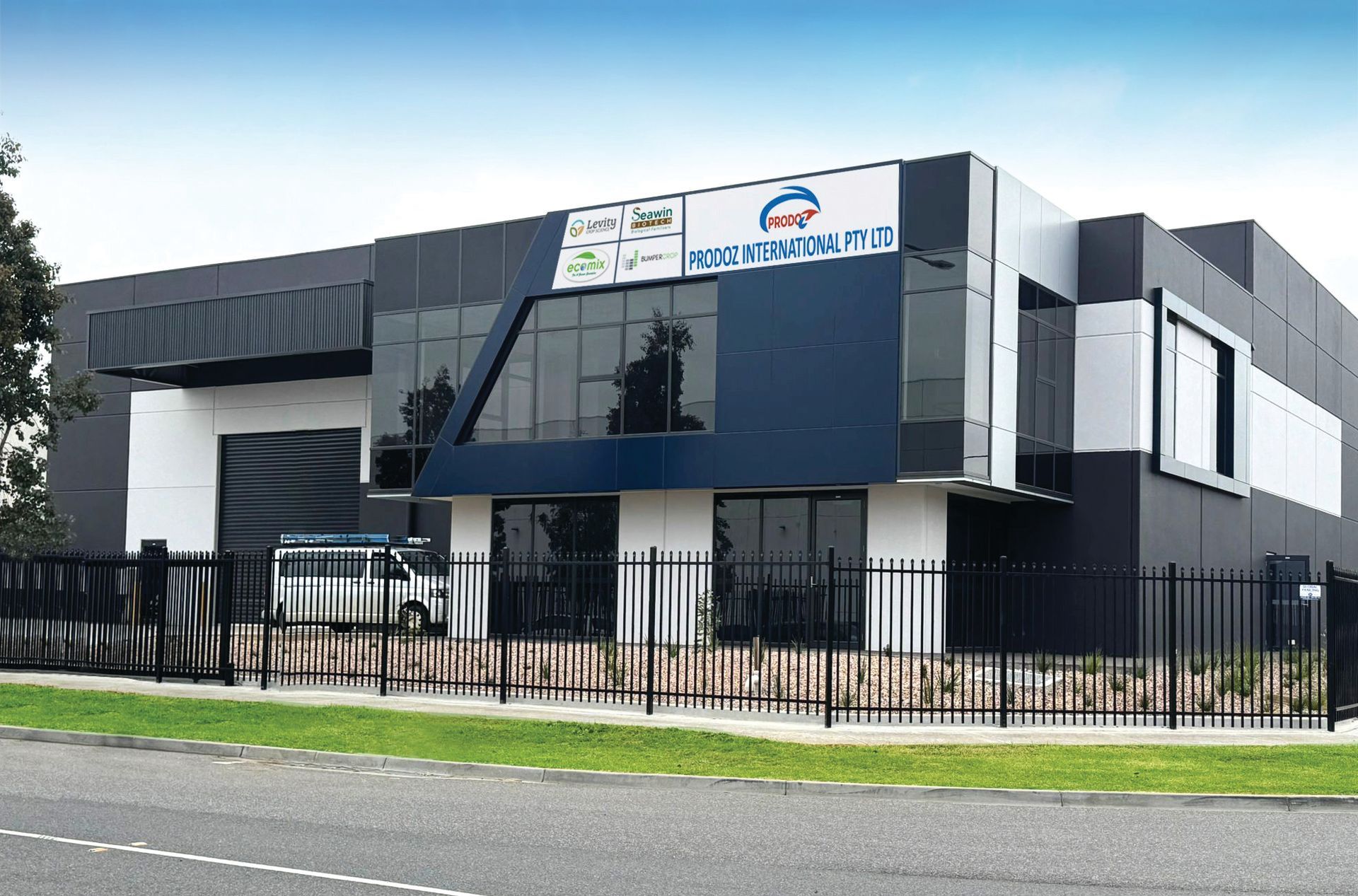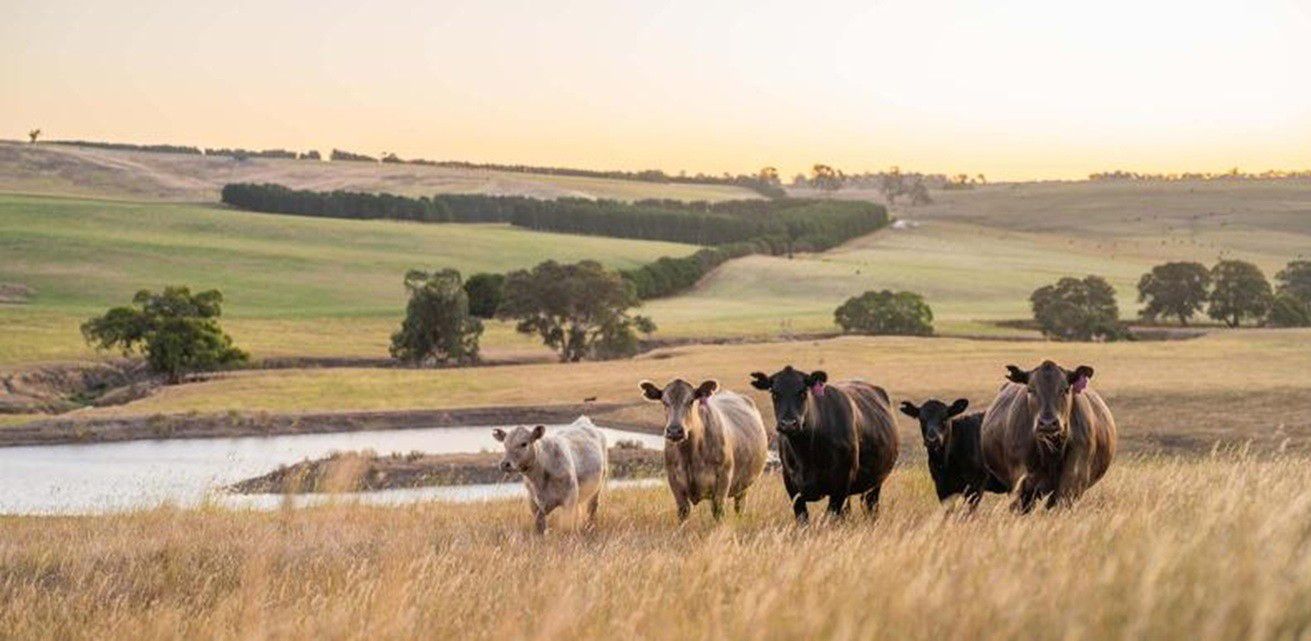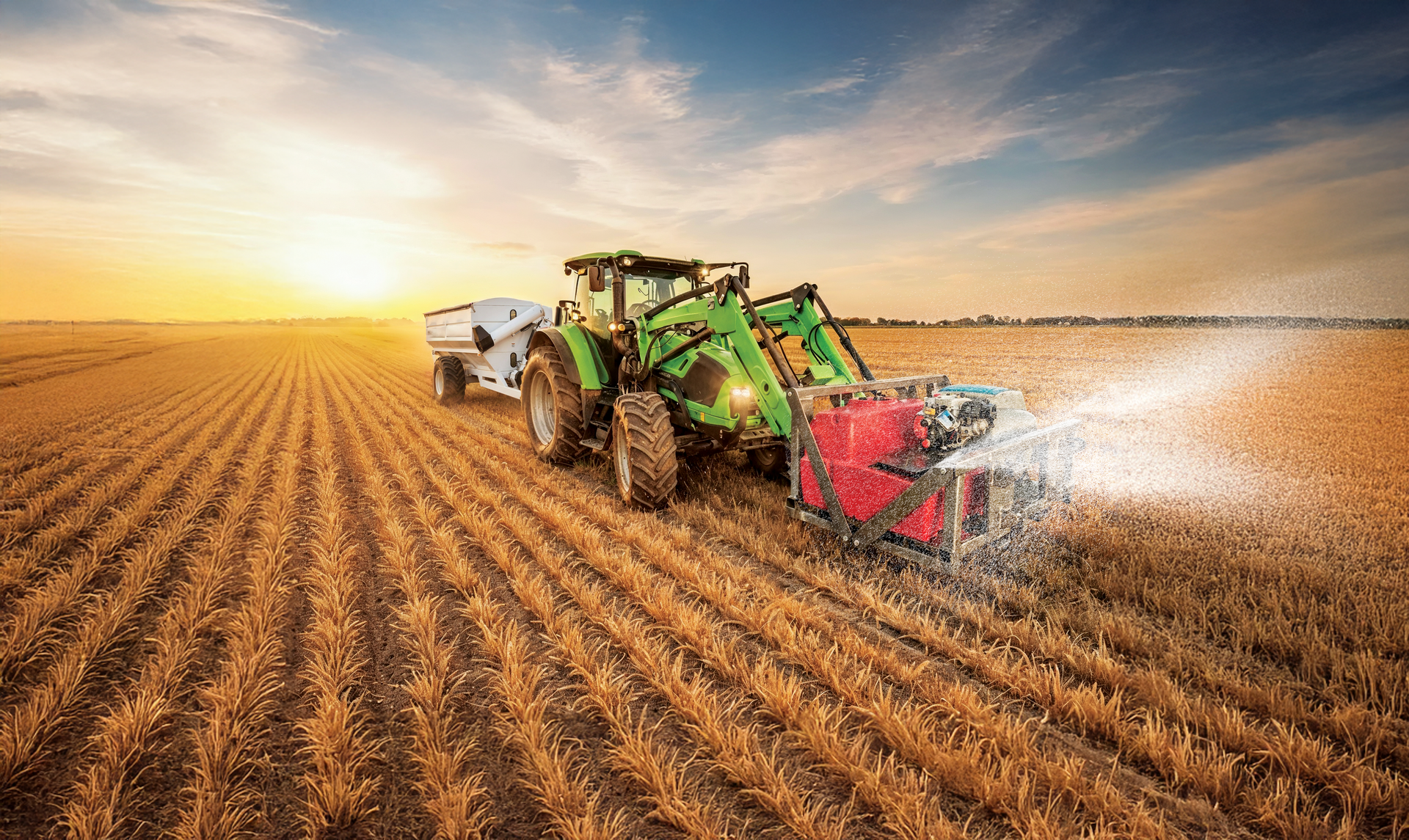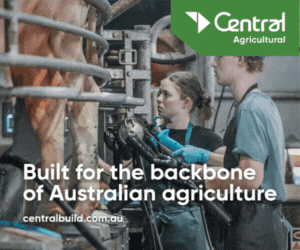1MG FlippingBooks
Innovation in agtech: a minefield for farmers?
In our investigation of the agtech sector and the software changing the way farmers work, we spoke to Andrew Smart – General Manager of PCT – about the state of the agricultural technology industry and some of the obstacles preventing farmers from successfully utilising the latest developments.
PCT has nearly two decades of experience in the precision agriculture industry, with three separate arms of the business that provide spatial data management, processing and analytic solutions, cloud-based agricultural software and water management and landforming tools. PCT’s various precision agriculture products and services are all aimed at providing farmers with better, more specific information from the paddock that generates productivity and profitability improvements.
With a long history in the agtech space, Andrew is perfectly positioned to comment on what he sees as an industry that has become crowded with start-up companies offering partial products and solutions, making it more difficult for agronomist and growers to choose solutions that drive their businesses forward.
“There’s an issue with farmers getting burnt and believing precision agriculture doesn’t work, and others who think it’s too confusing and don’t know what to choose or who to trust,” says Andrew. “It’s become complex for growers to actually get into it and you see companies giving it away for free because they have inexperienced people who can’t show or explain the benefits of the products they are selling.
“It’s actually very difficult to demonstrate value because there are so many variables in agriculture – you’re dealing with the variability of soil, climate, climate change, different agronomic practices, different machinery, different chemicals and new research on how to manage crops. There is so much change from season to season that it’s actually quite difficult to narrow down where data actually can create value.”
This difficulty to demonstrate value is also being exacerbated by a lack of improvement in the actual data used in precision agriculture. The advances in communications have been dramatic, with more powerful devices and cloud-based software and storage, but they have not been matched by the benefits to the farmer.
“I don’t see anything being done now that we weren’t doing 20 years ago – what we have now is much sleeker, cloud-based and more easily accessed but nothing has changed in 20 years in terms of value to a grower,” says Andrew. “All that has changed is the farmer’s ability to access it, the price and the fact more people understand it.”
However, Andrew is realistic about the advantages precision agriculture and the deployment of the latest agtech can actually offer farmers. Contrary to promises of amazing yields and massive productivity gains, he is quick to point out there are more factors at play.
“Nobody has gone broke yet from not adopting digital agriculture. If they don’t have all the right machinery, agronomy and farming practices, precision agriculture is not going to help – it’s not going to make farmers better on its own,” says Andrew. “Don’t get me wrong, there are plenty uses of precision agricultural data that can help with the decision-making process and optimise a farm. But there are other influences – such as climate and market variability – that are going to lose money on a greater scale than farmers can ever make on a bit of improvement in variable rate here or there.”
















